World Fine Art Professionals and their Key-Pieces, 495 - Grzegorz Rogala & Joanna Krzystoń
World Fine Art Professionals and their Key-Pieces, 495 – Grzegorz Rogala & Joanna Krzystoń
In Gallery WM I visited the exhibition “Latent Image / Latent Space” in which Grzegorz Rogala & Joanna Krzystoń explore the relationship between traditional art and modern AI technology.
Rogala and Krzystoń worked together not only on this project, but on many others. They are a couple living in Warsaw. Grzegorz Rogala is active in making artistic films, photography and interactive art. He has taught at the Graphic Faculty of the Warsaw School of Information Technology. His work is in the collections of the National Museum in Warsaw, the National Museum in Gdansk and in private collections in France, New Zealand, Germany and the Netherlands. Rogala & Joanna Krzystoń have been running the 2b+r gallery (together with Jozef Piwkowski) in Warsaw since 2007.
Joanna Krzystoń graduated as a visual artist (painting) and was a member of the experimental theatre group ‘Akademia Ruchu’. In recent years, together with her husband Grzegorz Rogala, she has been creating interactive installations in which she combines her painting with computer effects. Her work has been exhibited in Poland and abroad. Joanna has taught painting at the Graphic Faculty of the Warsaw School of Information Technology WIT for a long time.
Reimagining of lost worlds through the lens of daguerreotypes
At the exhibition in Amsterdam they showed various aspects of their art from recent years, such as a reimagining of lost worlds through the lens of daguerreotypes and a commission to AI to show a series of small abstract paintings in figurative form. In addition, there was a film inspired by the couple Franciszka and Stefan Themerson.
During the opening the couple answered many questions from the audience including some of the questions below, to which we have added a few additional questions.
You have some years of experience with AI in art. Were you surprised at how much AI was capable of? But AI can’t do certain things, you said. It has no context and no self-awareness. What does that mean in practice?
“I would like to begin by addressing the role that tools play in art: each of them imposes a specific character on the artistic expression and co-creates the message. Just as in McLuhan’s famous statement: “The medium is the message.” When we paint with a brush, we are in the realm of painting; when we use a chisel, we are in the realm of sculpture; with a camera, we are in the photographic realm. The choice of the right tool is a conscious decision made by the artist. Every project we undertake starts with an initial concept. In the case of “Daguerreotype,” we decided to explore the potential of this particular tool—AI—to attempt to recover an image lost due to the ravages of time. As artists, we enjoy experimenting with new techniques.”
Revolutionary breakthroughs
“Throughout our lives, we have experienced several revolutionary breakthroughs. First, the widespread availability of personal computers, the invention of the internet, and finally, universal communication through smartphones. The consequence of the digitization of our lives is the emergence and development of AI. Therefore, we are not surprised by the rise of artificial intelligence. Reading Sci-Fi books and watching films on similar topics since childhood has, in a way, prepared us for this revolution. Let’s remember that it has only been 10 years since Ian Goodfellow introduced GAN (Generative Adversarial Networks) algorithms, so we are still in the infancy of AI. It is evolving rapidly, with substantial funding. The growth of AI’s capabilities is measured in orders of magnitude (OOM), which demonstrates the dynamics of its development.”
AI cannot create new ideas
“People often equate intelligence with thinking, and thus with some form of consciousness. The simplest definition of intelligence is the ability to create a functional model of anything: faces, handwriting, voice recognition, language translation. This happens through machine learning, a process similar to what results from learning in our brains. Statistical knowledge emerges. But AI models do not develop like us, gaining character with age, accumulating and classifying experiences, and drawing conclusions. Artificial intelligence feeds on a selected subset of data from the internet to gather and statistically process existing knowledge. It has no reflection on good and evil, beauty and ugliness. A conversation with ChatGPT does not turn into a discussion, because unlike humans, it cannot refer to his personal experience, to our previous conversations, even those from years ago. It formulates its response on the spot, sometimes drawing from a few previous interactions. It also cannot create new ideas but processes what is already known.
Creative work is the result of a certain continuity, which is our personal development. When using AI tools, we rely on our knowledge and conditioning, just as we do when photographing or painting.”
Will the advent of AI in art bring about a similar revolution to the advent of cubism and modernism in the 20th century, or is the revolution potentially greater?
“Every technological breakthrough changes the world in all its aspects, and so it changes art. It seems that AI is the culmination of the digitization of our lives, likely the biggest change we will experience in this generation.”
Tell me about your request to AI to write about Grzegorz Rogala and the response from AI (Chat GTP). How good was the response?
“ChatGPT can be prompted in many ways to take on a specific role. While reflecting on various aspects of AI, I decided to conduct an interview on the subject with myself, represented by ChatGPT conditioned by my biography. The conversation was interesting, though somewhat predictable. ChatGPT responded at the level of an average expert on the topic, usually agreeing with the premise of the question. It’s important to remember that all publicly available AI models are typically commercial and their goal is to attract more users.”
Tell me about your lenticular photographs where decayed daguerrotypes are ‘enhanced’ using AI, allowing for hallucination. You mentioned that hallucination is very important, not only for you, but that every person’s mind contains hallucinatory elements in their daily lives.
“Damaged daguerreotypes from the Library of Congress, along with their brief descriptions, were processed in multiple stages using an AI tool. Through prompts, drawing additions, and repeated operations, I was able to create portraits of people who could have originally been captured in those daguerreotypes. The resulting images are referred to as ‘hallucinations’ in the world of AI.
Our brain’s work involves analyzing data from the environment through the senses. A vast amount of stimuli is processed into what we call our present moment, our sense of being in time. The brain needs about 0.3 seconds to achieve this, so it creates a short hallucination, a prediction that allows us to feel the continuity of events.”
At the exhibition there was a film inspired by the work of Stefan and Franciszka Themerson. Can you tell us something about that film and something about the couple? Was there an annual festival in Plock?
“Stefan and Franciszka Themerson were the first creators of avant-garde artistic films in Poland in the early 1930s. Stefan was also a writer and philosopher. Franciszka was a painter, graphic artist, and set designer. Since the beginning of World War II, they lived and worked in the United Kingdom. They left behind many interesting works, including films, paintings, graphics, photographs, and novels. They passed away in the 1980s in the UK. Due to their great contributions to Polish avant-garde, a festival dedicated to their work is held every year in Stefan’s hometown, Płock. I was asked to create a film about the works of this artistic couple. However, the refusal of access to their archives led to an evolution of the project. An interactive film about a fictional artist couple was created, telling the story of their life paths, with each viewing offering a slightly different version of the story. The film ends with an animation dedicated to the experimental filmmakers of the first half of the 20th century.”
Joanna, tell us about your transformations of your small abstract paintings into figurative works using AI. You don’t let AI do its thing completely, but you also guide it at certain points. Please explain this with an example.
“Working with AI tools involves conditioning them in various ways to achieve the desired result. First, we wanted to replicate the process used by Grzegorz when creating a series of daguerreotypes. We used abstract black-and-white paintings, which I had specifically painted for this purpose. After uploading their scans into the AI application, we would input in the so-called prompt that we expected an interpretation in the style of an old daguerreotype, and we were interested only in landscapes and still lifes. We repeatedly modified the description, adding more detailed information. After obtaining several different versions of the same image, we made manual corrections and usually repeated this process until I was satisfied with the result.”
Does the application of AI in art lead to an infringement of the copyright status of the artist and his/her works of art?
“There are several aspects to this question: The use of AI as a tool in artistic work is often considered unethical because it is believed that AI stores scans of all the images it was trained on. This is not a true statement. The learning process is similar to that of a human. When we visit exhibitions, museums, or look at art albums, knowledge is formed, not photocopies of the artworks. We form an opinion about an artistic direction, the creator, and their working methods. Our memory, like AI’s, doesn’t store “pictures” of the works but rather synthetic knowledge distributed in neurons. AI trained on examples of works by, say, Van Gogh, can easily create a forgery, a non-existent work that looks like it came from his hand. An artist simply should not do this.”
Won’t AI eventually dominate all aspects of society and economic life, and isn’t that potentially dangerous for people and the world?
“The Holy Grail for those creating AI algorithms, and therefore for the biggest players in the market, is AGI — Artificial General Intelligence. So far, we’ve seen three clear examples where AI has achieved superhuman levels: Deep Blue defeated chess champion Garry Kasparov in 1997, the Watson algorithm won against Jeopardy champions in 2011, and finally, the AlphaGo algorithm defeated the greatest Go player of all time, Lee Sedol, in 2016. These examples of superhuman power pertain to so-called narrow AI, which is artificial intelligence specialized in one particular field.
AGI is expected to have similar power across all fields mastered by humans. When will this happen, and what will the balance of gains and losses look like in a world of AGI? We shall see… “
https://gallerywm.com/WP/grzegorz-rogala-joanna-krzyston-gallery-of-unknown-artists-daguerotype-18-10-16-11-2024/
https://inzaken.eu/2024/10/23/grzegorz-rogala-joanna-krzyston-exploring-ai-in-art/
Disclaimer: The views, opinions and positions expressed within this guest article are those of the author Walter van Teeffelen alone and do not represent those of the Marbella Marbella website. The accuracy, completeness and validity of any statements made within this article are not guaranteed. We accept no liability for any errors, omissions or representations. The copyright of this content belongs to Walter van Teeffelen and any liability with regards to infringement of intellectual property rights remains with the author.

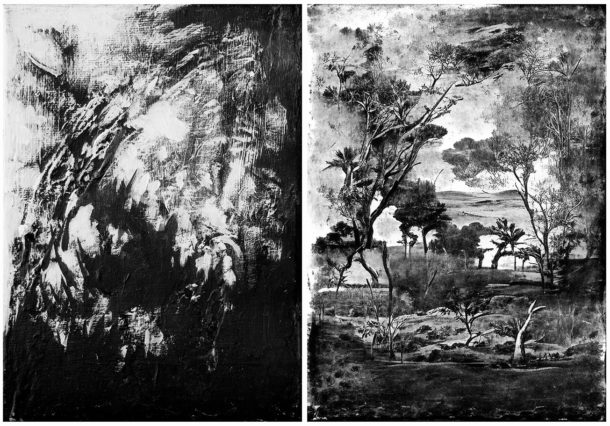
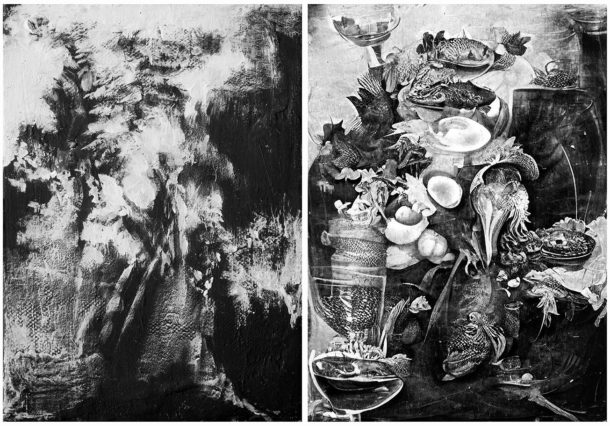
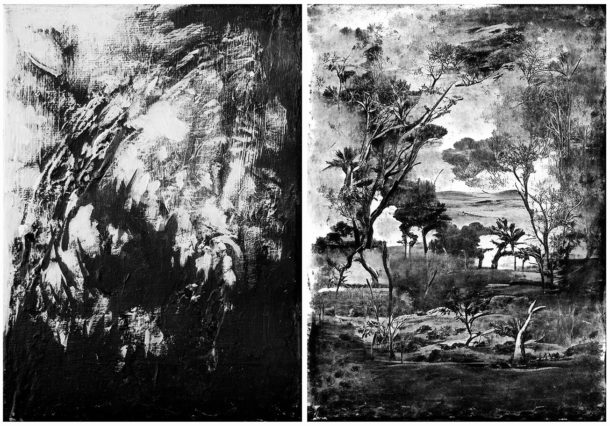
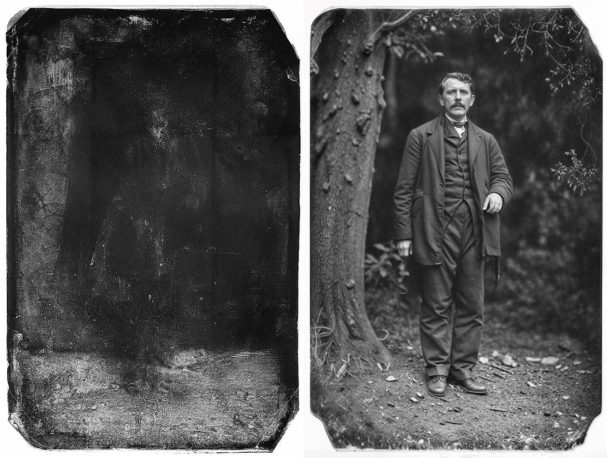


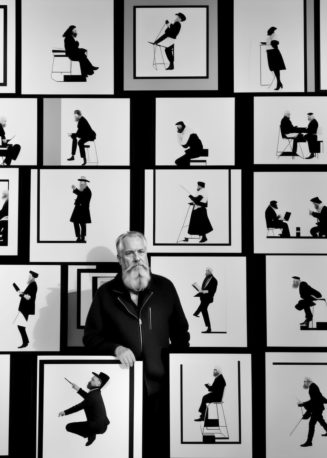
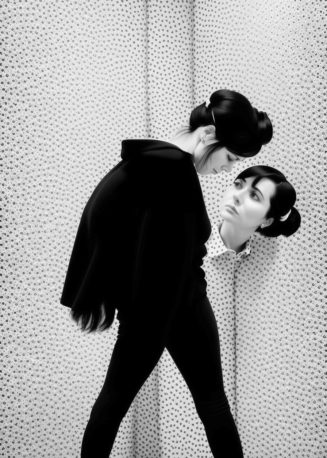
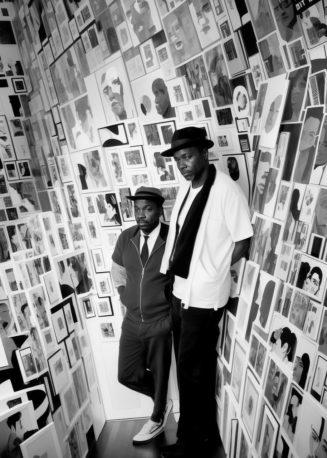
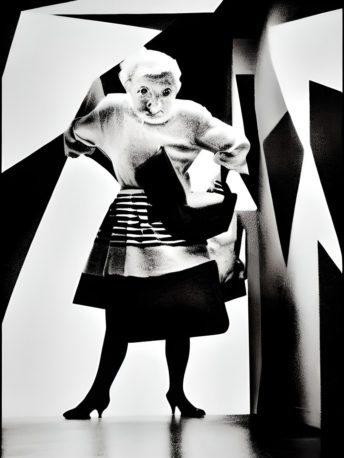














The opinions expressed by individual commentators and contributors do not necessarily constitute this website's position on the particular topic.